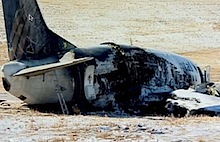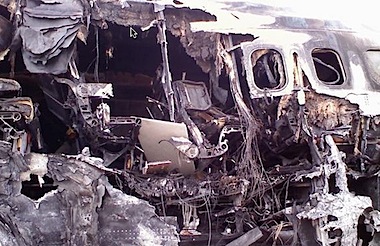
First, AirTran and Continental announce a slot swap involving slots at Newark, Reagan National and LaGuardia on Tuesday. But the scope of that deal was swamped this morning with news that US Airways and Delta Air Lines have agreed to terms on a much larger deal that involves both a swap of slots, and a few routes thrown in for good measure.
This morning US Airways announced that it will obtain 42 pairs of slots at Reagan National, as well as access to slots in Tokyo (NRT) and Sao Paulo, Brazil (GRU) from Delta Air Lines.
In return, US Airways is giving Delta Air Lines 125 pairs of slots at LaGuardia.
This is a big deal for US Airways. The airline estimates that the deal will create an additional $75 million dollars in revenue per year.
It’s a positive for Delta Air Lines as well, as Delta continues to muscle into the New York market in a major way. This is a huge gain for them.
And no, this does not affect the US Airways’ Shuttle operation in any way.
Meanwhile, yesterday it was reported that AirTran plans to stop flying to and from Newark completely — giving its takeoff and landing slots to Continental Airlines. In exchange, Continental is going give AirTran slots at both Washington Reagan and LaGuardia.
Apparently AirTran will give Continental 10 slots, a single gate and a jetway at Newark. In exchange, Continental will give AirTran four slots at LaGuardia and six slots at Washington Reagan.
So, those are the facts.
What does all this horse trading mean?
It means that the bigger airlines are doing exactly what we said they were going to do. They’re getting creative.
While most headlines over the last few months have continued to talk about the lack of liquidity, “Which airline is most at risk?” — we have continued to make the argument in PlaneBusiness Banter that in this industry — good management teams are going to find a way to survive.
Look at the airlines involved in these two deals announced. Four of the better management teams out there.
We don’t see United, we don’t see a mention of American.
Meanwhile, Republic and Southwest are slugging it out over Frontier. Again, two of the better management teams in the industry.
Oh, and speaking of American – is it just me, or does that Holy Grail of a British Airways – American Airlines anti-trust agreement seem to continue to diminish in importance as the days go by?
I continue to believe that American, by putting all of its eggs in one basket it doesn’t even have in its possession yet, runs a big risk of being odd man out when the music stops.






